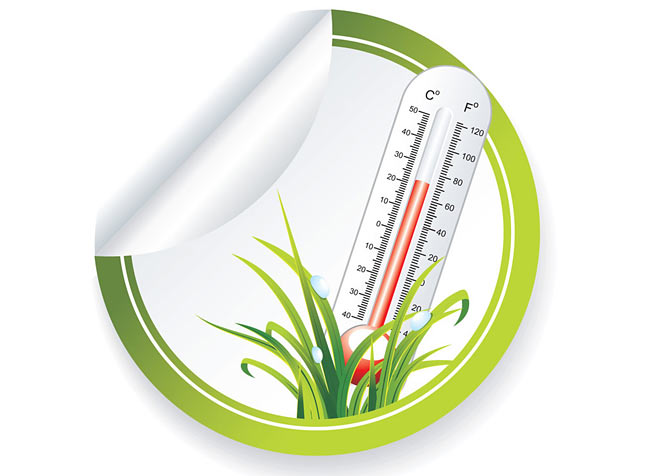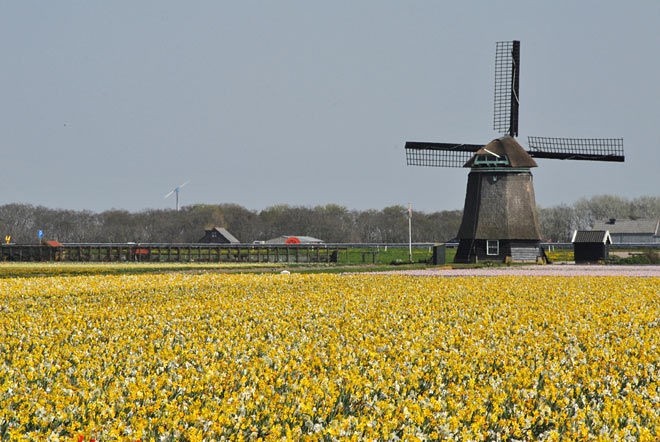
Growing Bulbs In Warm Climates

Bulbs can grow in warm climates, but it is not ideal. When you plant flower bulbs, especially Tulips, the hope is that they will flower for more than one season. This is more possible in cooler climates, and it is therefore essential to choose the right site in your garden with lots of light and good drainage. For warmer climates, you have to follow different rules, but more about that later on.
Tulips originated in the moderately cool climates of Central Asia. Only with special attention can they also be grown in humid climates that warm rapidly in spring. The best results come from the following three steps:
- Prepare a well-drained site with lots of light for the Tulip bulbs.
- Select the best cultivars for your area (best to look at which Hardiness Zone you reside in and choose based on that).
- Fertilize the bulbs twice a year, or use slow-release fertilizer once a year.
When these steps are followed, Tulips should return at least three seasons!
Bed Preparation: A well-drained site is the most important factor for successful cultivation. Bulbs do best in deep, well-drained, loamy soil or sandy soil, and adding compost will further improve drainage. If high clay content causes poor drainage, it might be preferable to locate the bed on a slope. Beds prepared to a depth of 12 to 14 inches (30-35 cm) offer good conditions for root growth.
Planting Depth: Bulbs need to be planted in the Fall and should be 6-8 inches (15-20 cm) deep. Bulbs planted at a shallower depth will experience wider temperature shifts in the winter and earlier warming in the spring. Mulch is good for the bulb bed because it keeps the soil temperature consistent in winter and will delay warming of soil in the spring. Coarse bark mulch or pine needles are suitable.
Fertilizing: Use nitrogen and phosphorus in autumn at planting time. Apply nitrogen again after 6 weeks (before the bulbs bloom in spring), or use slow release organic fertilizer (once) as soon as the tips of the bulbs are visible in spring.
Cultivars: The best cultivars for warmer climates are the long stemmed cultivars ‘Ad Rem’, ‘Apeldoorn’, ‘Golden Apeldoorn’, ‘Jewel of Spring’, ‘Parade’, ‘Menton’, ‘Orange Bouquet’, ‘Shirley’, ‘Avignon’, ‘Gander’s Rhapsody’, and ‘Renown’.
In warmer climates, after flowering for the first time, let the Tulips die down and then dig up and remove the bulbs. Store the bulbs in a dry and cool place (17 – 20 degrees Celsius/ 65 degrees Fahrenheit). In mid-November, the bulbs should be placed in a refrigerator (5-9 degrees Celsius / 46 degrees Fahrenheit) for 6-8 weeks, then in January they can re-planted in a cool spot in your garden.

